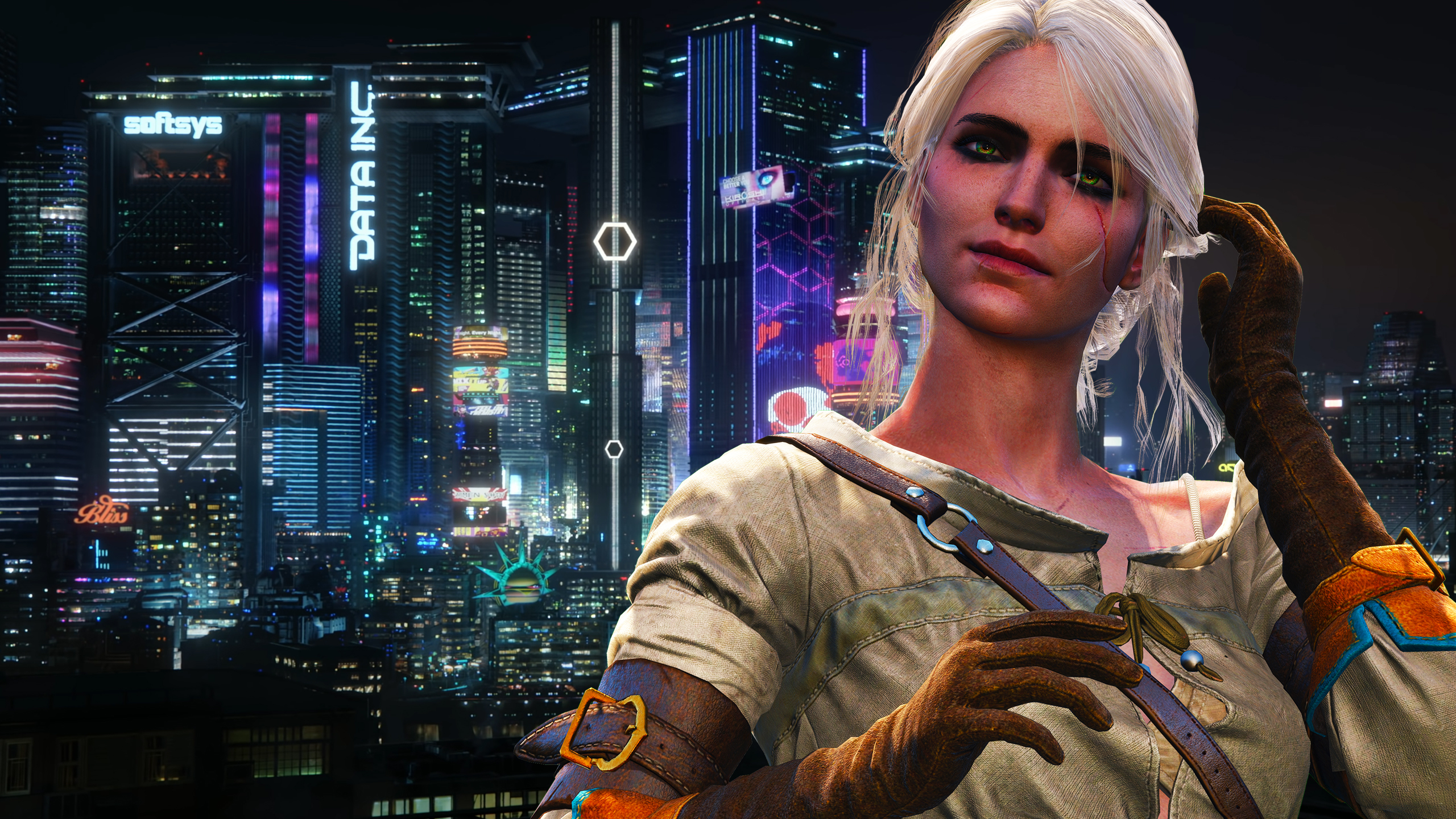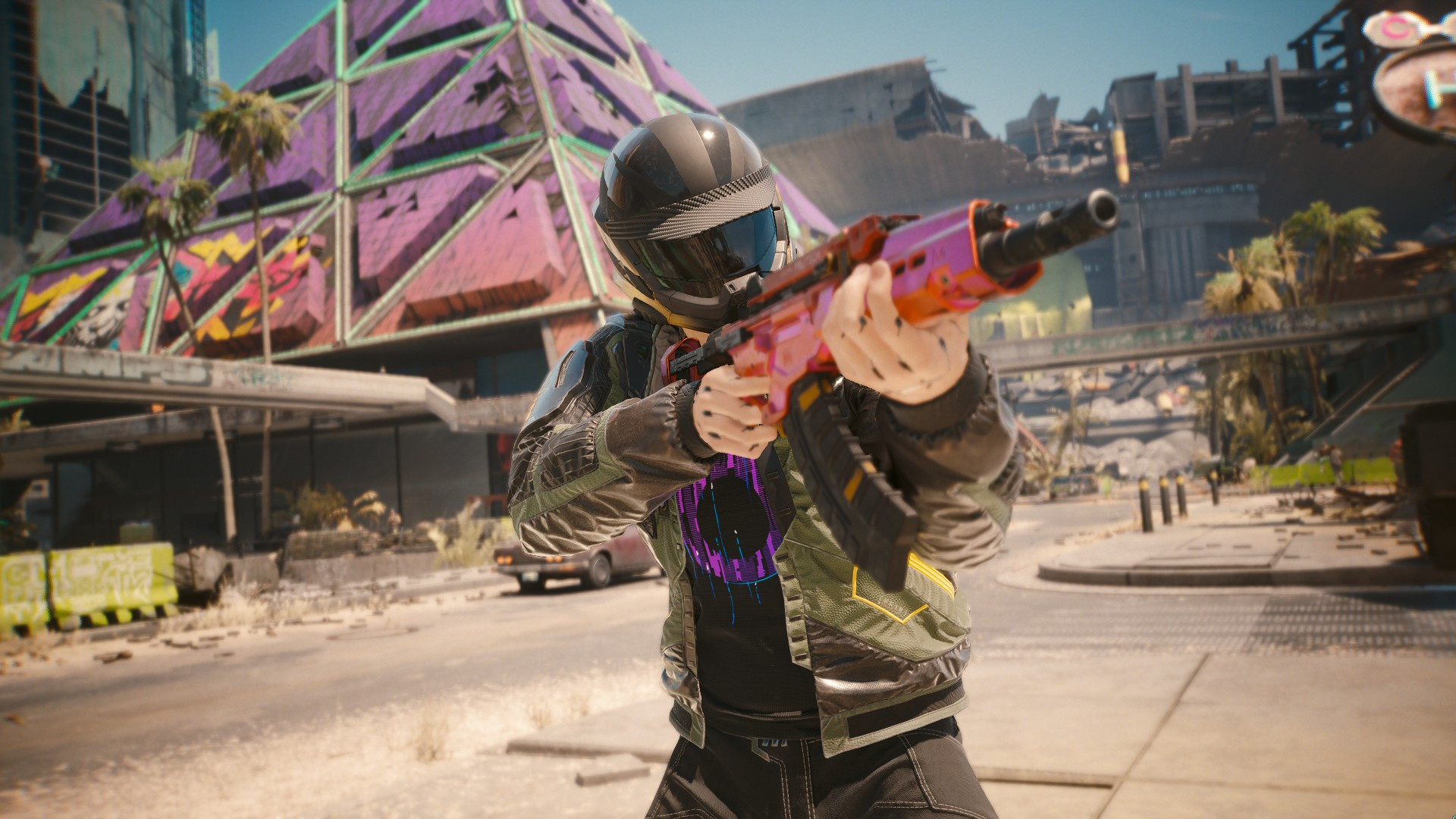
As troubled as Cyberpunk 2077 was at launch, it's remarkable to think back to what a CD Projekt Red game looked like just 12 years before. The first Witcher game is almost comically rudimentary next to the lavishly motion captured, ray traced first-person world of Cyberpunk. But it was fun, with a fantasy setting that felt different to other RPGs I'd played at the time. The graphical leap in 2011's The Witcher 2 was nothing short of stunning, and the quality of the sidequests in The Witcher 3's massive open world made CD Projekt my favorite RPG developer just four years later. I'm thinking about that progression now that CD Projekt is moving on to work on Cyberpunk 2077's sequel—and so are the developers.
"Consider The Witcher games and how much they changed with each installment. We want a similar evolution here," narrative director Igor Sarzyński said in a recent interview with PC Gamer.
What does that mean for a studio that's already gone from scrappy, idealistic RPG dev to one of the titans of the gaming industry? CD Projekt has already proven it can make incredible-looking games. In 2011 The Witcher 2 was already one of the best-looking videogames on the planet, and it also showed a glimmer of the narrative ambition CDPR would really flex in The Witcher 3. The Witcher 2's story branches into two completely separate paths at the halfway point, a bold move that no one's really pulled since. And obviously CD Projekt now knows its way around an open world. Where do you go from there?
"Cyberpunk 2077 was our first venture into a futuristic-sci-fi world with a ton of new gameplay mechanics, narrative tone, themes, and art direction," said Sarzyński. "Some of the stuff worked almost right out of the box, such as the art, city design, music, interactive scene system, playstyles. Other aspects took more time to get right, like character progression, NPC interactivity, and optimization. That’s natural; it’s impossible to nail everything on your first try. Now with all the game elements iterated and working well, we’ll focus on connecting them even tighter and creating a coherent, total immersion experience."

How to start Phantom Liberty: Enter Dogtown
Cyberpunk 2077 Restricted Data Terminals: Get Relic Points
Cyberpunk 2077 airdrops: Loot unique rewards
Cyberpunk 2077 Iconic weapons: The best guns in Dogtown
Cyberpunk 2077 1R-ONC-LAD photo locations: Help the robot
Phantom Liberty and the 2.0 patch seem like clear first steps towards the evolution Sarzyński is talking about, with major overhauls of the player skill tree, loot system, and police AI on top of entirely new vehicular combat. Phantom Liberty also added a new set of perks that essentially layer superpowers on top of your existing skills.
Across the three Witcher games, I don't think CD Projekt ever made truly great combat—even in The Witcher 3 it was merely a serviceable interlude between all the great storytelling. Cyberpunk 2.0 might be the first game from the studio to really nail it, with shooting that feels innately satisfying and tons of sci-fi abilities that meaningfully change how you engage with combat. That's an exciting thought for what the sequel could introduce.
I think it's the world, though, that CD Projekt still has to work hardest to get just right. "NPC interactivity" is a key phrase in Sarzyński's answer; on first blush Night City is amazing, but back at launch especially the illusion really didn't hold up. Fixing bugs, making the police more dynamic, and other updates across many patches helped Night City feel more alive, but there's still a clear gap between Cyberpunk 2077 and a Rockstar open world like Red Dead Redemption 2's. As pretty as Night City is, your main ways to interact with it outside of missions is to buy stuff or help the cops.
But if that Witcher analogue holds up, I can't wait to see how ambitious CD Projekt's second crack at the world of Cyberpunk ends up being.







